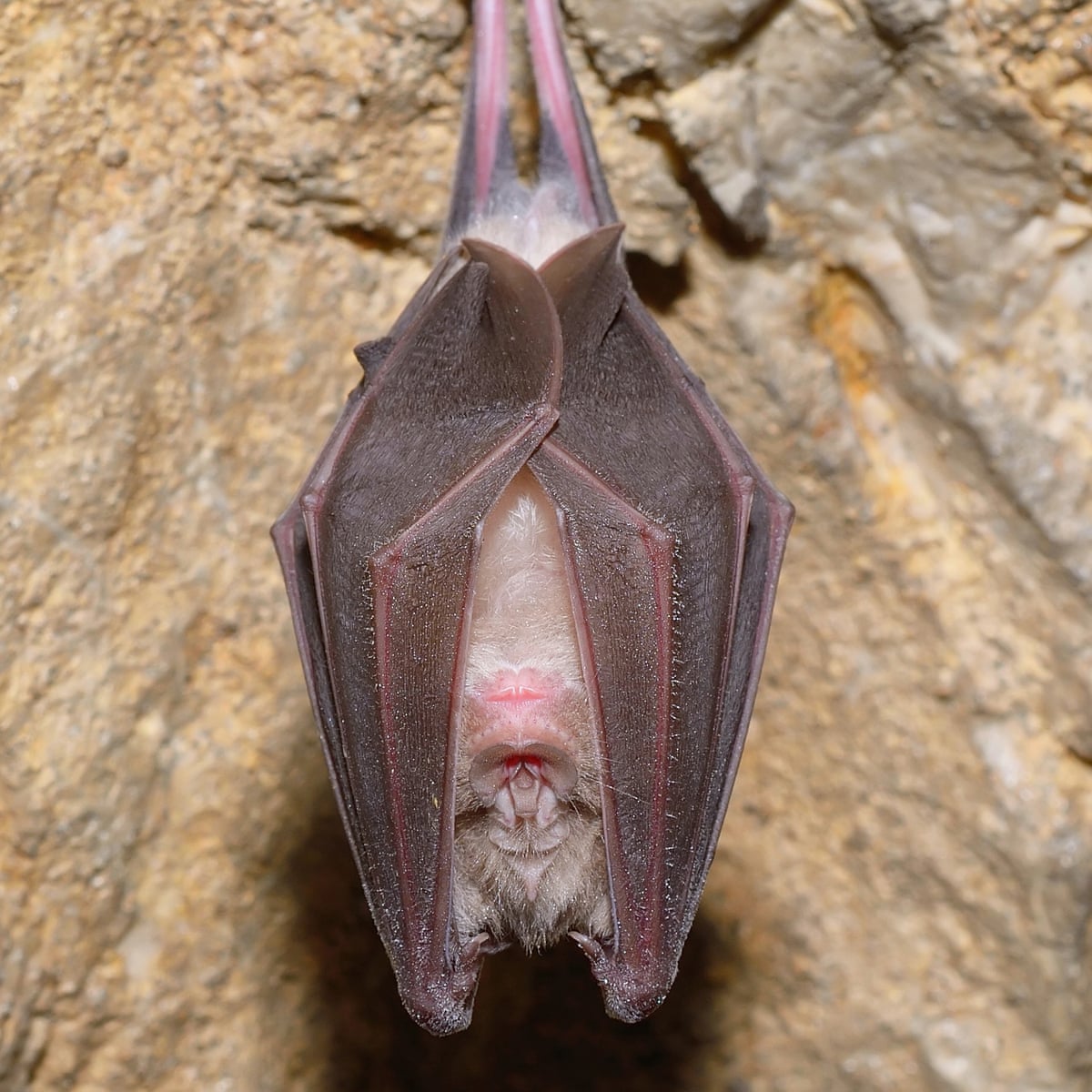Hi urban nomads! Welcome to another issue of the Nomad Chronicles. In today’s post, I will be talking about the negative environmental effects of wildlife tourism, namely on noise pollution. This topic has sparked my interests due to my recent hiking trip at MacRitchie. Here, I noticed that there were many people blasting their music through their portable speakers, interrupting my hiking experience. If I had found it mildly annoying, I cannot help but imagine what impacts this noise has on the wildlife. Since Singapore does not promote any wildlife tourism, I will be using the United States as an example.
Wildlife tourism broadly refers to the observation and interaction with local animals & plants in its natural habitats. Tourist who partake in wildlife tourism, other than bringing their camera, often generate a lot of noise. As tourists who partake in wildlife tourism hope to gain a respite from the sounds in the urban landscape ( such as vehicle sounds etc.) are often dismayed as these areas are surprisingly polluted with noise pollution ( Harding et al., 2019). Charlie Zender, an atmospheric physicist at the University of California, describes how “I was frankly shocked to learn how noisy humans have made some of the most remote places on the continent” (Ware et al., 2017) . The noise generated by humans can threaten the survival of plant and animal species across the country.
An example of noise pollution found amongst nature ( blasting loud music in forest)
There is an old expression, “the early bird gets the worm”. It turns out to be true of our urban settings today. In fact, recent studies have found that some birds in noisy environments have resorted to singing at night in order to be heard over the din of the city (Ware et al., 2017) .
Sound, just like available food sources or nesting habitats plays an integral role in the ecosystem. Activities such as food finding, protection of habitat , establishing territories all rely heavily on the acoustical environment. To continue partaking in these daily activities, animals have been forced to adapt to increasing noise levels. An example would be how males of at least one frog species are adapting to traffic noise by calling at a higher pitch (Troïanowski et al., 2017). This could be challenging for the females, because they prefer lower-pitched calls, which indicate larger and more experienced males (Troïanowski et al., 2017). Another example would be how noises generated by humans have produced similar results in multiple bird species (Ware et al., 2017).
A video showing noise pollution and its impacts on the wildlife
In general, recent studies have also suggested that like humans, wildlife are also stressed by noisy environments (Shannon et al. 2015). For example, the endangered Sonoran pronghorn avoids noisy areas frequented by military jets; female frogs exposed to traffic noise face an increasing difficulty in locating the male’s signal; gleaning bats avoid hunting in areas with road noise (Barber et al. 2009). When these negative effects are compounded by other impacts such as, disease, and food shortages, sound impacts can be detrimental for the health and vitality of wildlife populations within a park (Ware et al. 2015).

Traffic noise inhibit the ability for gleaming bats to feed
The noise generated by human activity were several times higher than that of the natural environment. In a high air traffic corridor in the Yellowstone backcountry, the sound was elevated by up to 5 decibels. Although a small figure, this can already result in a 70% reduction in the size of an area in which predators can hear their prey ( Harding et al., 2019). As such, special consideration of the negative impacts of human-generated noise on the wildlife is a critical component that’s needs to be managed in order to maintain a healthy ecosystem within the reserve (Harding et al., 2019) .
To conclude, noise pollution can have detrimental impacts on the wildlife. This can impact not only the ability to mate and find food, but also drive away certain keystone species which might negatively impact the ecosystem. Unlike physical forms of pollution, this is extremely hard to manage, given not only the lack of awareness but also the nature of the pollution being “ invisible”. Perhaps, better policy decisions can be implemented to better manage the sound in these spaces. Until then, we all need to listen closely when we partake in wildlife tourism; listening to not just the flow of a stream but also to the magnificent chimes by the birds. Not only would this enrich our experience, it is also vital for our health.
References
Harding, H. R., Gordon, T. A. C., Eastcott, E., Simpson, S. D., & Radford, A. N. (2019). Causes and consequences of intraspecific variation in animal responses to anthropogenic noise. Behavioral Ecology, 30(6), 1501-1511. doi:10.1093/beheco/arz114
Ware, H. E., Christopher J. W. McClure, Carlisle, J. D., & Barber, J. R. (2015). A phantom road experiment reveals traffic noise is an invisible source of habitat degradation. Proceedings of the National Academy of Sciences – PNAS, 112(39), 12105-12109. doi:10.1073/pnas.1504710112
Troïanowski, M., Mondy, N., Dumet, A., Arcanjo, C., & Lengagne, T. (2017). Effects of traffic noise on tree frog stress levels, immunity, and color signaling. Conservation Biology, 31(5), 1132-1140. doi:10.1111/cobi.12893

